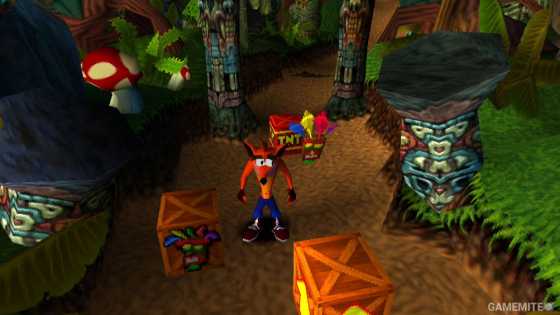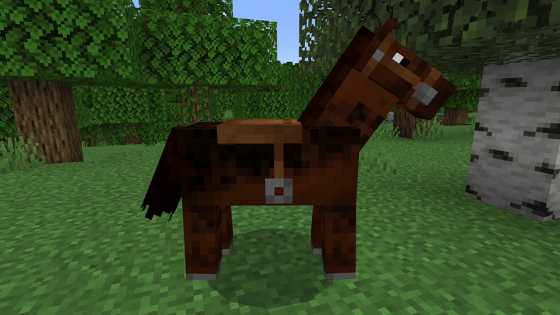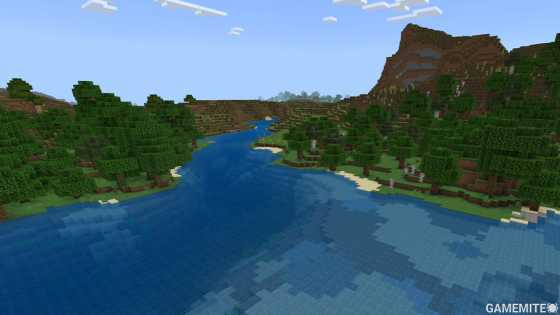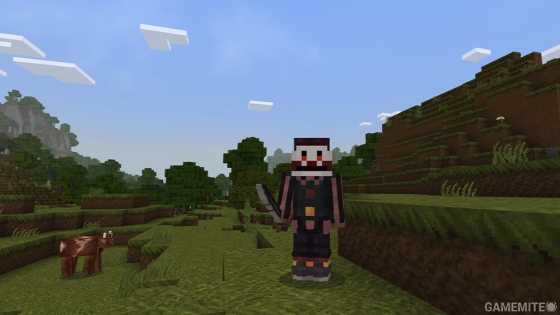What Is a Biome in Minecraft
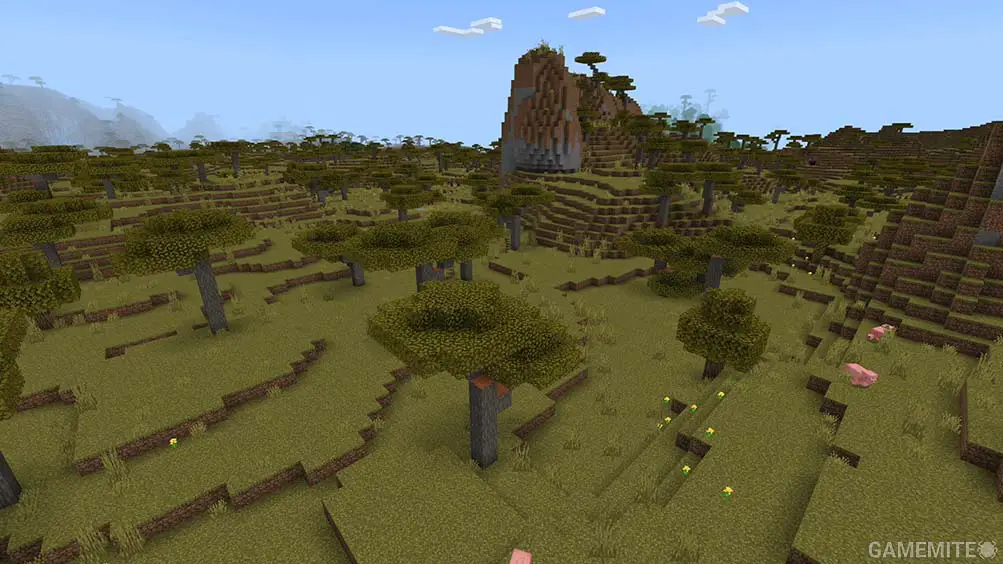
What Is a Biome
Minecraft, a sandbox game known for its infinite potential for creativity and exploration, provides players with a diverse range of terrains and environments known as biomes. A biome in Minecraft is a specific geographical region that is characterized by distinct features such as a unique landscape, vegetation, weather, and creatures or mobs. The ability to explore and interact with these distinct biomes is one of the defining features of Minecraft, making the game a rich and immersive experience. For instance, players might find themselves navigating through dense jungles, climbing snow-capped mountains, or diving into the depths of the ocean, each biome offering a unique set of challenges and rewards.
Types of Biomes in Minecraft
Minecraft is renowned for its multitude of diverse biomes, including overworld biomes, aquatic biomes, Nether biomes, End biomes, and cave biomes. Each biome is categorized into one of five groups: Lush, Snowy, Cold, Dry, and Ocean biomes. These categories help players identify the kind of environment they are in and what resources they can expect to find. For example, Snowy biomes are characterized by their snow-covered landscapes and unique mobs like polar bears and strays. With over 60 different biomes available for exploration, each offers a unique environment and resource set for players. These resources can range from common materials like wood and stone to rare items like diamonds and emeralds.
Characteristics and Features of Overworld Biomes
Overworld biomes in Minecraft are incredibly varied, with environments such as snow biomes, mountains, plains, forests, dark forests, swamps, jungles, beaches, rivers, mushroom fields, deserts, savannas, and badlands. Each of these biomes has unique resources, creatures, and loot that mirror their environment. For instance, dark forests are known to be home to a higher density of hostile mobs and can spawn woodland mansions, a structure that contains valuable loot but also presents a significant challenge. On the other hand, deserts, characterized by their vast expanses of sand and sandstone, can host desert temples that hide valuable treasures.
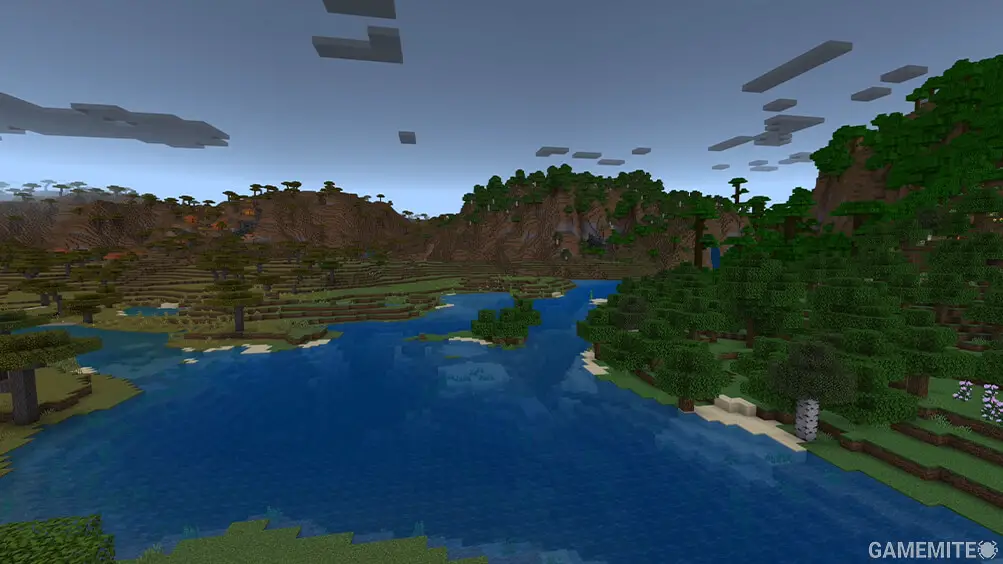
Characteristics and Features of Aquatic Biomes
Aquatic biomes, which encompass the warm, lukewarm, cold, and frozen oceans, present a vibrant underwater world full of life and adventure. Warm oceans are home to colorful coral reefs teeming with a variety of fish and sea life, providing a visually stunning environment for players to explore. In contrast, the mysterious ocean monuments, home to the formidable guardians, can be found in the relatively calm lukewarm oceans. Each of these aquatic biomes offers its unique set of challenges and rewards, making underwater exploration a memorable part of the Minecraft experience.
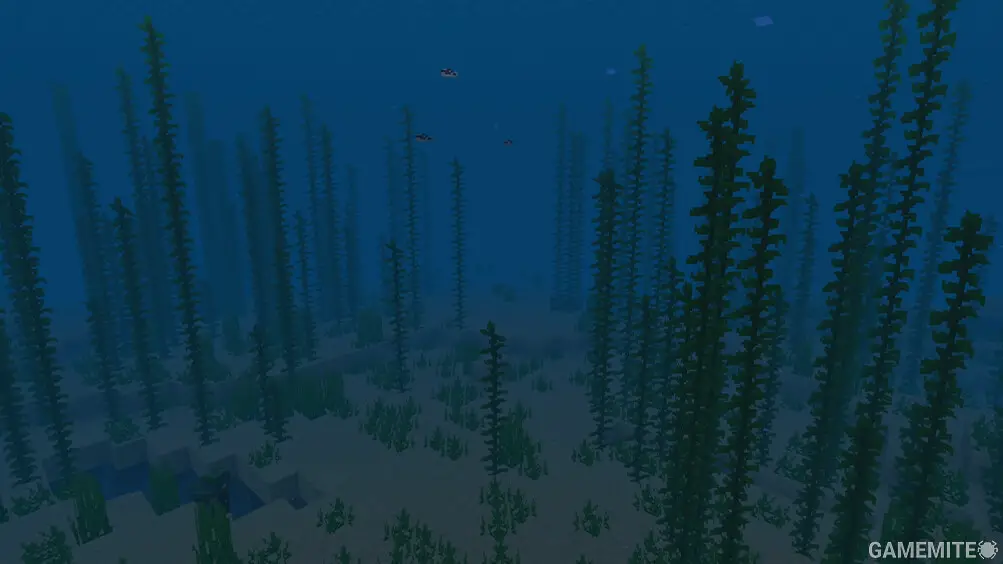
Characteristics and Features of Nether and End Biomes
The Nether and End biomes take the Minecraft experience to a whole new level, offering unique and challenging gameplay. The Nether, a hell-like dimension filled with lava and dangerous creatures, has biomes such as the crimson forest, soul sand valley, and Nether wastes. These biomes provide exclusive resources like Nether wart and glowstone but also host formidable mobs such as ghasts and wither skeletons. The End biomes, including The End, small end islands, end midlands, end highlands, and end barrens, present a stark contrast with its void-like environment, floating islands, and the formidable Ender Dragon.
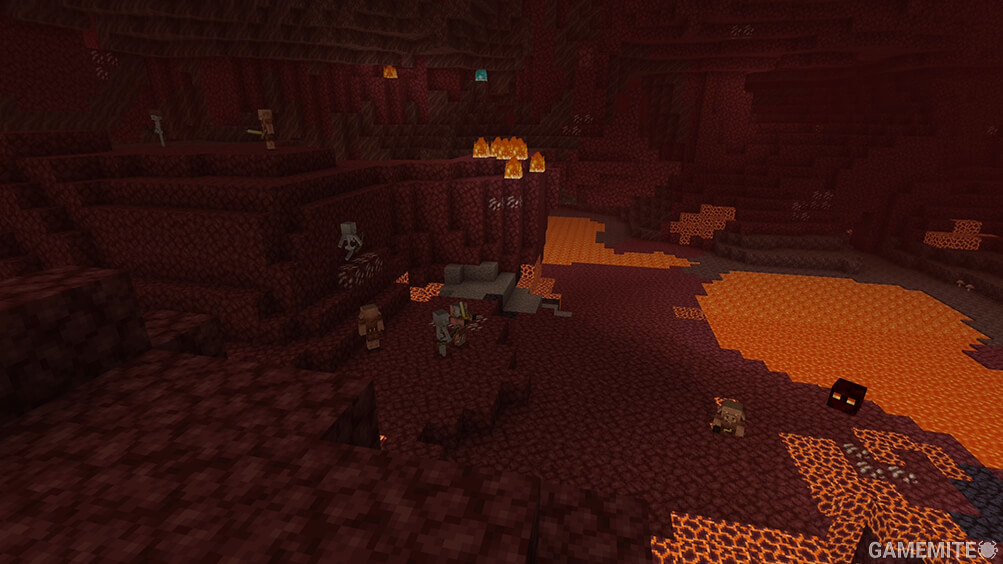
How to Identify and Locate Biomes in Minecraft
Identifying biomes in Minecraft is typically done visually based on their distinct characteristics. However, for players using the Java Edition, the debug screen can be an invaluable tool in helping identify biomes. By pressing the F3 button, players can display detailed information about their current location, including the name of the biome they are in. Additionally, players can use the Minecraft biome finder command (/locate biome [biome name]) to pinpoint the nearest instance of a specific biome. This can be particularly useful when searching for rare or specific biomes.
Importance of Understanding Biomes in Minecraft
Having a solid understanding of biomes is crucial in Minecraft, especially in survival mode. Knowing what to expect in each biome, from the types of mobs that spawn to the resources available, can greatly enhance gameplay strategies and resource management. For instance, knowing that deserts are home to desert temples can lead players to actively seek out these biomes for the chance to find valuable loot. Furthermore, exploring above ground to find biomes near the spawn point can give players a significant advantage early in the game, providing them with a variety of resources right off the bat.
Biomes in Minecraft Updates and Future Developments
Minecraft is a game that continues to evolve, with every major update often introducing new biomes or variants. The upcoming 1.20 update, for instance, is set to introduce several new biomes including the meadow, mountain peaks, grove, snowy slopes, mangrove swamp, and cherry grove. These new biomes not only provide fresh environments for players to explore but also introduce new resources and challenges. As Minecraft continues to grow and develop, players can look forward to even more diverse landscapes to explore and resources to discover.
Conclusion
Understanding the diverse biomes in Minecraft enhances the gameplay experience by enriching the exploration and resource acquisition aspects of the game. With the multitude of biomes available to explore, players are challenged to adapt and make the most of the unique features and resources each biome has to offer. Whether it's mining for diamonds in the extreme hills biome, building a shelter in the plains, or battling mobs in the Nether, each biome offers a unique adventure that adds to the richness of the Minecraft experience.




